Custom Metal Partition Designs: Modern Interiors Meet Industrial Style

Metal partition designs are a modern interior design trend, offering aesthetic appeal with industria…….
Decorative Partitions and Dividers: Enhancing Spaces with Elegance and Functionality
Introduction
In the realm of interior design, decorative partitions and dividers serve as both functional and aesthetic elements that transform spaces. These architectural elements not only provide privacy and delineate areas within a room but also add a touch of sophistication and style. This article will explore the multifaceted role of decorative partitions and dividers, their historical context, global impact, economic considerations, technological advancements, policy frameworks, challenges, case studies, and future prospects. Readers will gain a comprehensive understanding of how these elements can elevate interior design while serving practical purposes.
Understanding Decorative Partitions and Dividers
Decorative partitions and dividers encompass a variety of architectural features that separate spaces within an environment. These can range from simple screens to elaborate room dividers, often incorporating artistic elements such as intricate designs, rich textures, and vibrant colors. Historically, they have been used in both residential and commercial settings, serving both functional and decorative purposes. From ancient civilizations, where partitioning was a necessity for privacy and space optimization, to modern times, where design has taken center stage, these elements have evolved to reflect cultural styles and technological advancements.
Global Impact and Trends
The influence of decorative partitions and dividers transcends borders, with each region contributing unique designs and materials that reflect local culture and taste. In North America, for instance, there’s a growing trend towards biophilic design, integrating natural elements into indoor spaces. Europe has a rich history of traditional craftsmanship, which continues to inform contemporary partition designs. Asia, with its diverse cultural heritage, offers a kaleidoscope of patterns and motifs that add an oriental flair to modern interiors. The Middle East showcases opulent and ornate design elements that evoke a sense of grandeur and sophistication.
Economic Considerations
The market for decorative partitions and dividers is influenced by economic factors such as consumer spending patterns, availability of resources, and the overall health of the construction and interior design industries. Investment in high-quality, sustainable, and innovative partition solutions reflects a growing awareness of both the aesthetic and eco-friendly aspects of home and office design. These investments not only contribute to the economy but also create niche markets for artisans and designers who specialize in these crafts.
Technological Advancements
Technology has revolutionized the field of decorative partitions and dividers, with advancements such as smart glass, modular panels, and innovative materials that are both durable and environmentally friendly. Smart glass technology allows for privacy control and lighting adjustment at the touch of a button, offering flexibility and energy efficiency. Modular systems enable easy reconfiguration of spaces to meet changing needs, enhancing the functionality of these dividers.
Policy and Regulation
Regulations governing decorative partitions and dividers ensure safety, accessibility, and sustainability in their design and installation. Building codes, fire safety standards, and environmental regulations all play a role in shaping how these elements are constructed and utilized. Compliance with these policies is critical for the success and acceptance of decorative partitions and dividers within various markets.
Challenges and Criticisms
One of the primary challenges faced by decorative partitions and dividers is maintaining a balance between aesthetic appeal and functional requirements. Critics often point to the potential overuse of these elements, leading to cluttered or kitschy interiors if not used judiciously. To address these issues, designers and manufacturers must focus on creating versatile solutions that complement rather than dominate their surroundings.
Case Studies
Several case studies highlight the successful application of decorative partitions and dividers in various settings. A boutique hotel might use them to create intimate, thematic spaces that enhance guest experience. In a corporate office, these partitions can foster privacy while fostering a sense of community and collaboration. Each case study offers valuable insights into design principles, material choices, and the overall impact on user well-being.
Future Prospects
The future of decorative partitions and dividers is bright, with potential growth areas including sustainable materials, smart technology integration, and customizable options that cater to individual preferences and needs. Emerging trends such as adaptive reuse of spaces and the blending of indoor and outdoor living will further shape the evolution of these elements in interior design.
Conclusion
Decorative partitions and dividers are integral to the art of interior design, offering a blend of functionality and elegance that enhances spaces. Their historical significance, global influence, economic value, technological advancements, and potential for future growth make them a vital component in the tapestry of modern living and working environments.
FAQ Section
What are decorative partitions and dividers? Decorative partitions and dividers are architectural elements that serve to separate spaces within an environment while also adding a design element to the room.
How do I choose the right partition for my space? Consider the purpose of the division, the available space, your design preferences, and the level of privacy needed. Additionally, think about how the partition will complement the existing decor and whether it should be permanent or movable.
Are there any sustainable options for partitions? Yes, sustainable materials such as bamboo, recycled glass, and low-VOC paints are available. Smart glass technology also offers energy efficiency.
Can decorative partitions be moved or reconfigured? Modular and movable partition systems allow for flexibility in space planning and can be easily relocated or removed as needs change.
What is smart glass, and how does it work? Smart glass uses suspended particles that can alter the light transmission and opacity through electrical currents, allowing for privacy control and energy efficiency without compromising design aesthetics.
By considering these factors, you can select a partition or divider that not only meets your needs but also contributes to the beauty and functionality of your space.

Metal partition designs are a modern interior design trend, offering aesthetic appeal with industria…….
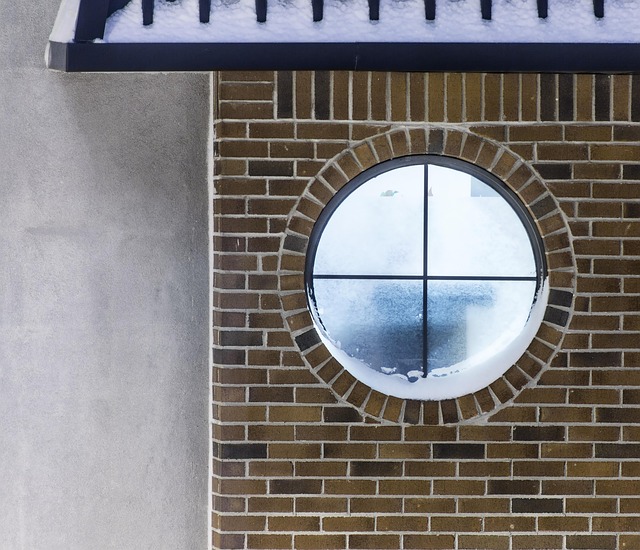
Custom metal room dividers are a versatile and aesthetically pleasing solution for space definition,…….
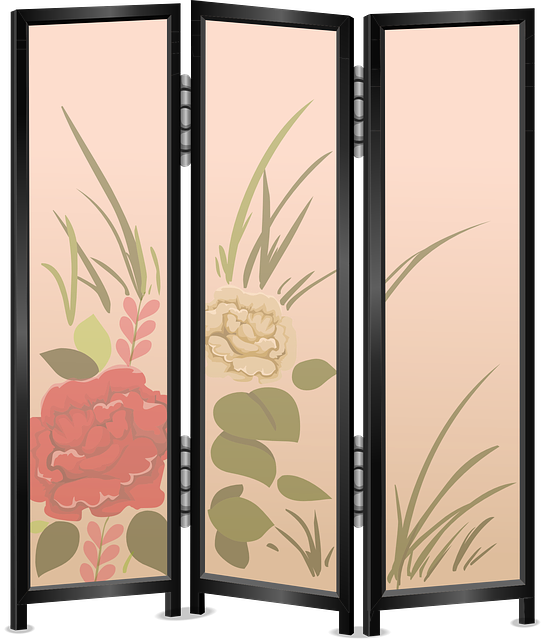
Office metal dividers have become a popular choice for modern office design due to their durability,…….
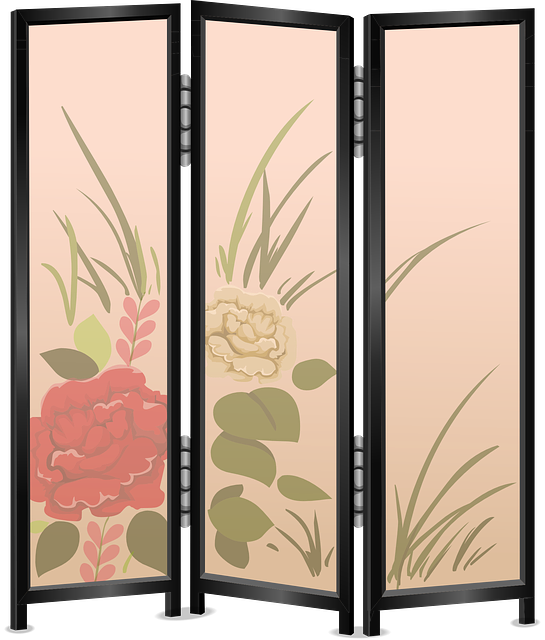
Metal partition designs have evolved dramatically over history, reflecting cultural shifts and techn…….

In recent years, custom metal partition designs have gained popularity in modern interiors due to th…….

Office metal dividers are revolutionizing modern office design, offering a perfect blend of style an…….

Custom decorative metalwork enhances interior spaces with aesthetically pleasing and functional meta…….
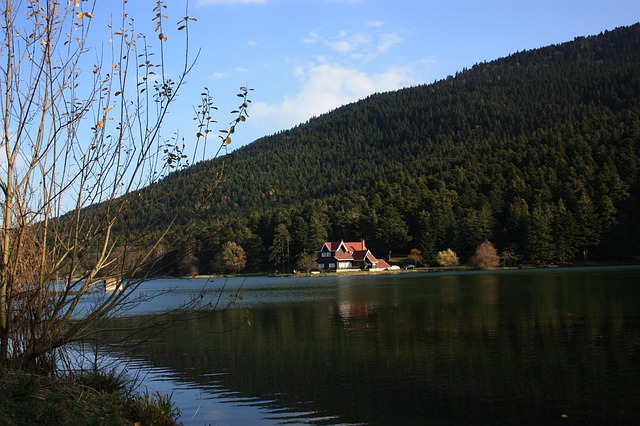
Modern interior design embraces stylish metal partitions as a defining feature, offering both functi…….
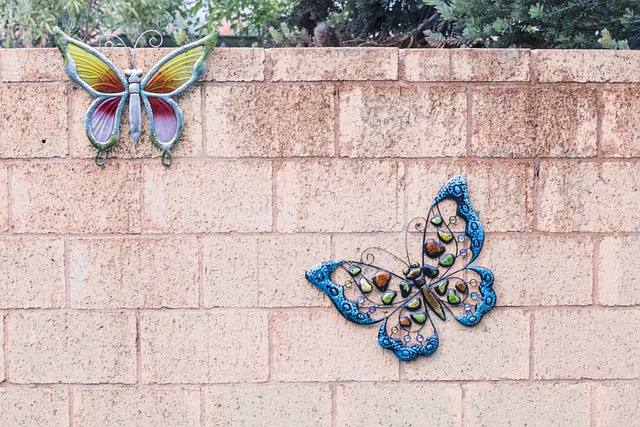
Metal partition designs have evolved from functional barriers to intricate works of art, blending tr…….
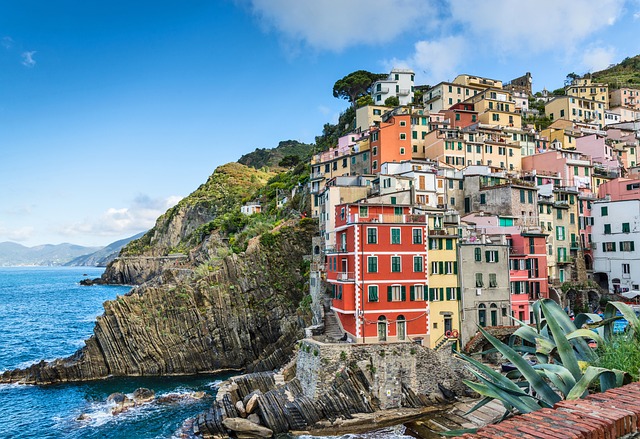
Metal partitions for homes offer a versatile, durable, and customizable solution for transforming re…….